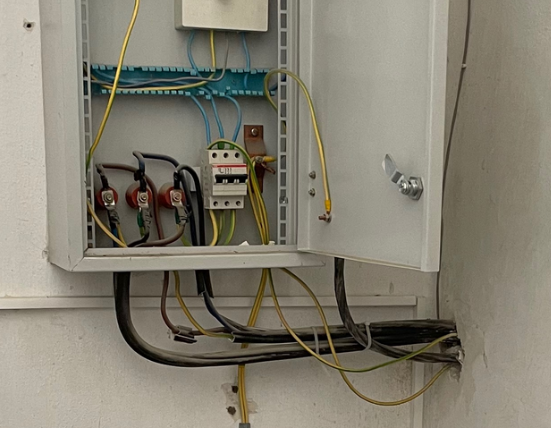I think i've flipped up
I was under the impression we use the Brown Blue and Green/Yellow help with colour blindness (most common green and red)
I know it's to bring UK in line with EU. But why did EU use them colours.
Because I understand green earth (CPC)
Red Live (line) [hot colour]
(Forgive any misspellings Dyslexic and hard to see , also miss out works as forget to type them)


